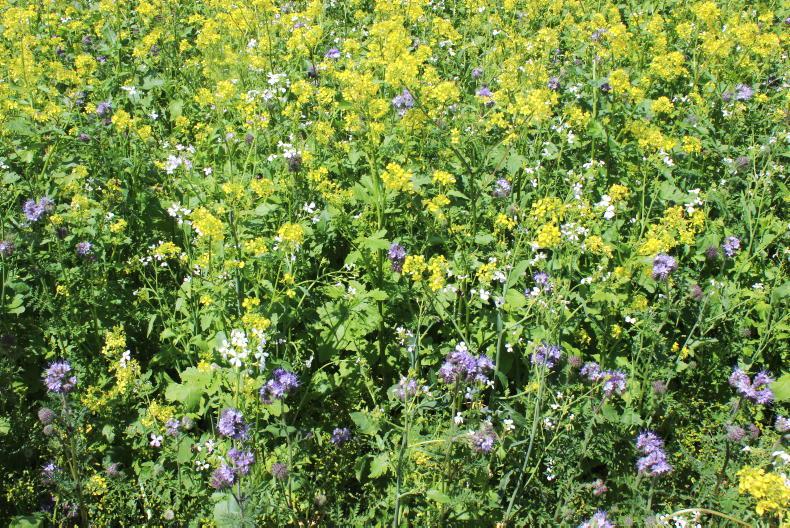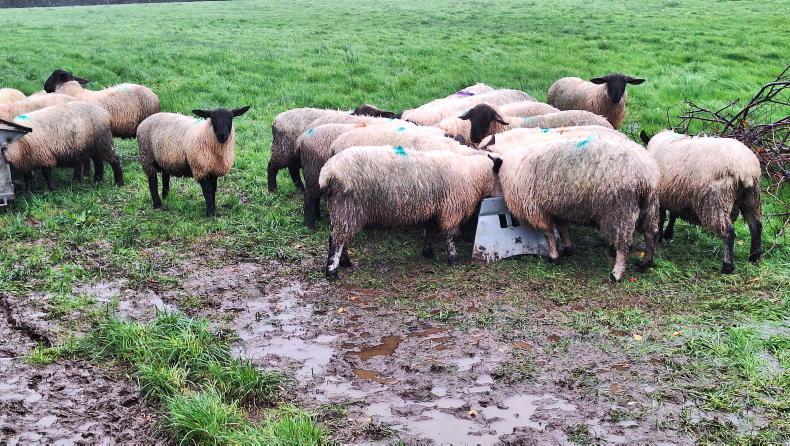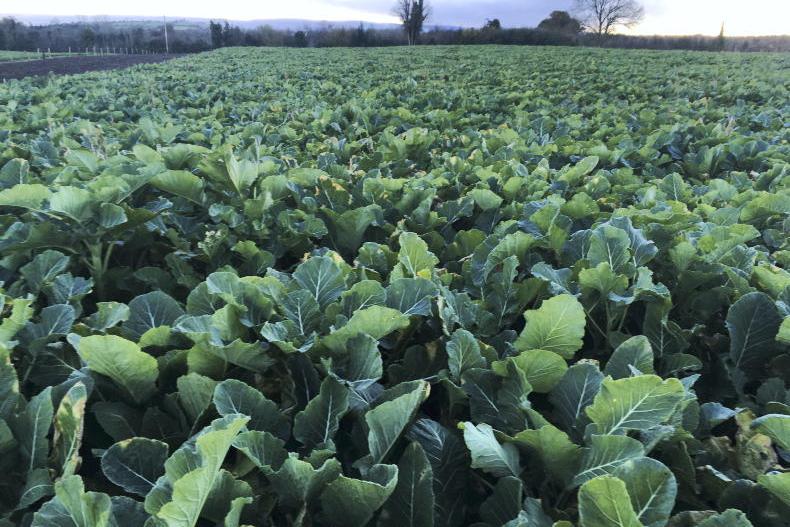It’s been a challenging summer between the extremes of a drought and record rainfall levels in July.
While first-cut silage was very high quality, quantity was behind due to some earlier cutting and a stagnation of growth.
Second-cut silage - in comparison - has been bulky due to delayed cutting, which has also affected quality considerably.
Wet weather and a lack of drying conditions has affected the dry matter of second-cut silage, while a lack of sugars will affect preservation.
While those who have secured second-cut silage will be thankful for it, it’s important to remember that having a sufficient quantity does not mean that there is sufficient energy in the silage bales or pit to meet the requirements of stock over the winter.
Forage crops
Forage crops (or catch crops for tillage farmers) can still be sown, with good growth conditions persisting.
While ground conditions are tricky in some places still, there is some good weather forecast over the next week, which should help dry out ground that would allow for sowing.
Forage crops can be sowed into tilled land or can equally work quite well as catch crops in cereal stubble or even post-silage harvesting.
In tillage situations, they can work well as catch crops, preventing nutrient leakage, while grazing animals will help return nutrients back to the soil.
Deep-rooted brassica crops such as kale can also help improve soil structure, which can be of great benefit to long-term grass leys.
Contracts
Contracts between tillage farmers and livestock farmers can be drawn up.
Last year on Tullamore Farm, the 270-ewe flock was grazed on contract-grown forage crops in association with a local tillage farmer.
Contracts will have to include who is responsible for fencing, provision of water, length of grazing period, etc.
Roughage in the form of straw or silage will also have to be provided.
A good way of providing roughage is to place the bales throughout the field post-sowing. This way, as the fence is moved to allow for the crop to be strip grazed, a round ring feeder can be moved over a new bale and the plastic removed.
Tillage farmers should note that a grass lie-back area, equivalent in size to the forage crop area, must be available to livestock. More information is available here: https://www.farmersjournal.ie/grazing-of-forage-crops-to-stop-for-many-due-to-cap-rules-778991










SHARING OPTIONS